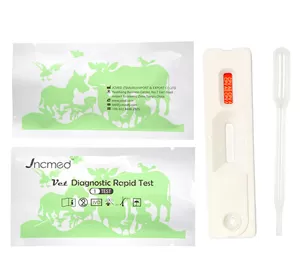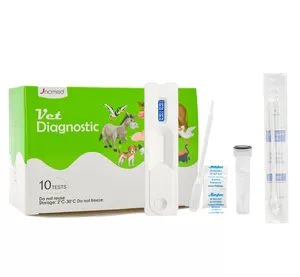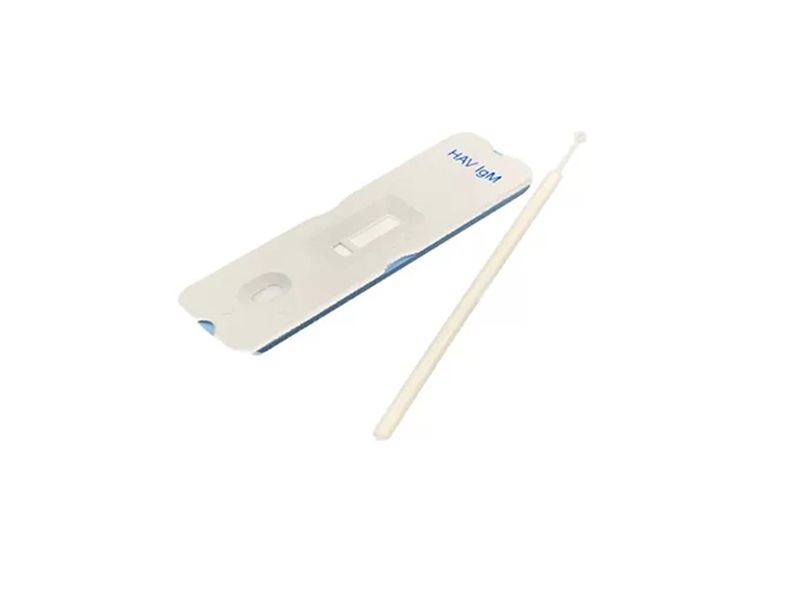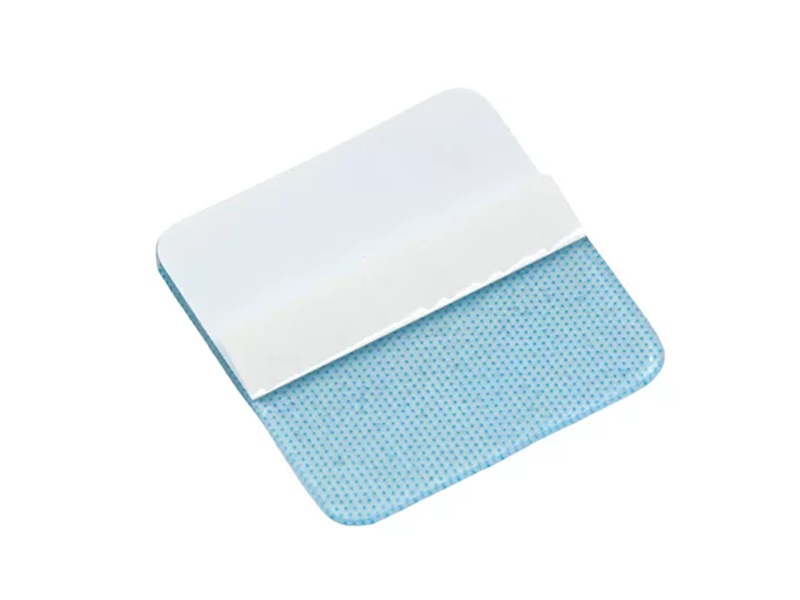Some kits have a certain degree of versatility. For example, some kits for detecting common pathogens, such as kits for detecting E. coli, Salmonella, etc., may be used for multiple animals. However, for some specific test kits for specific animals, such as canine distemper test kits mainly for dogs, and feline distemper test kits mainly for cats, they are generally not universal because different animals have different physiological structures, immune responses, etc., and the antibodies or primers in the kits may be specific.
Products
- Medical Dressings and Bandaging Products
- Medical Waste Disposal Products
- In Vitro Diagnostic Reagents
- Respiratory Products
- Urology Products
- Infusion Products
- Operating Room Infection Control Products
- Commercial Medical Consumables
- Anesthesia Products
- First Aid Products
- Personal Care Products
- Rehabilitation Products
- Home Medical Equipment
- Animal Test Kits
- Animal Infusion Products
- Animal Diagnostic Equipment
- Animal Medical Consumables
What are you looking for?


























